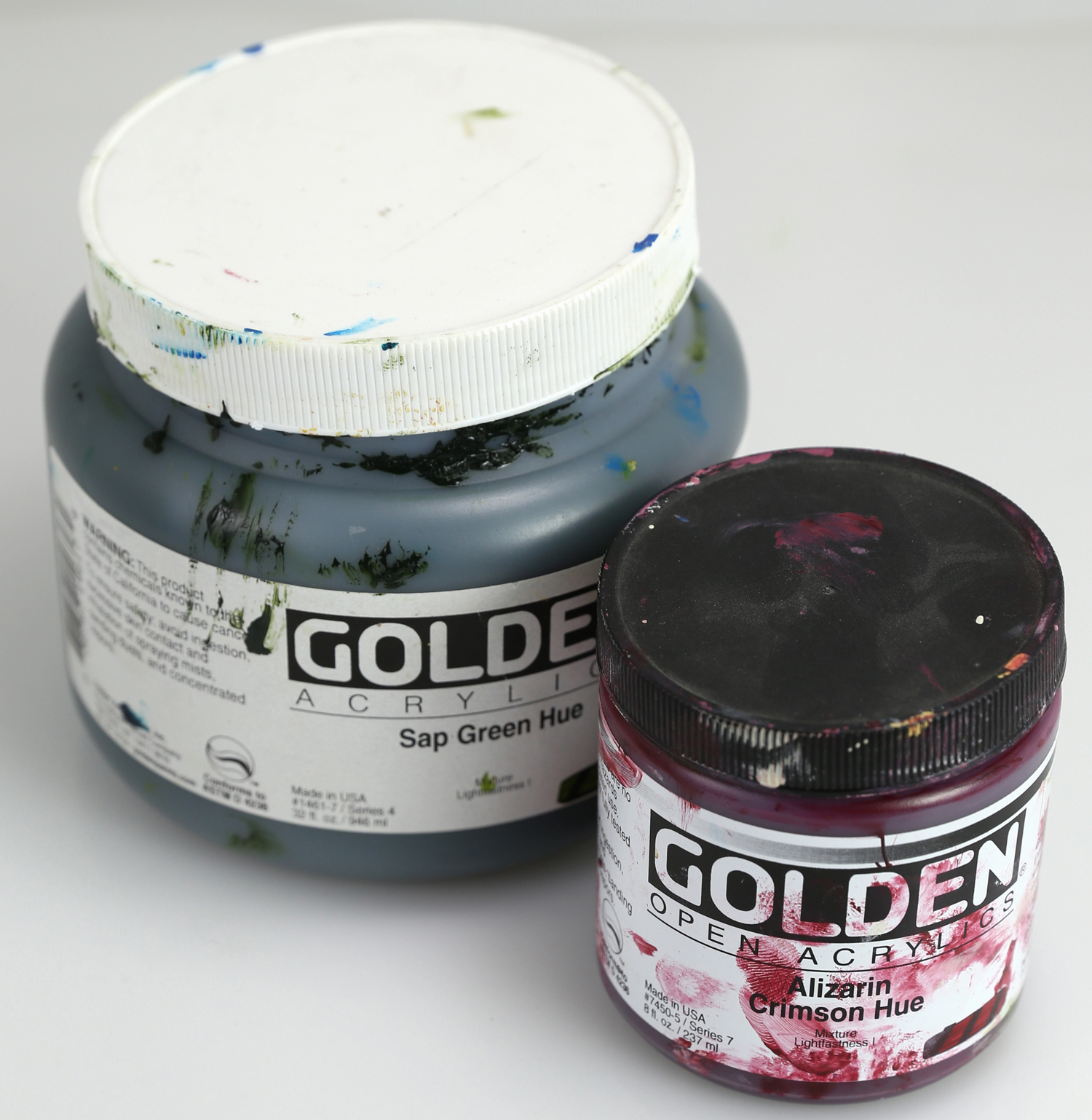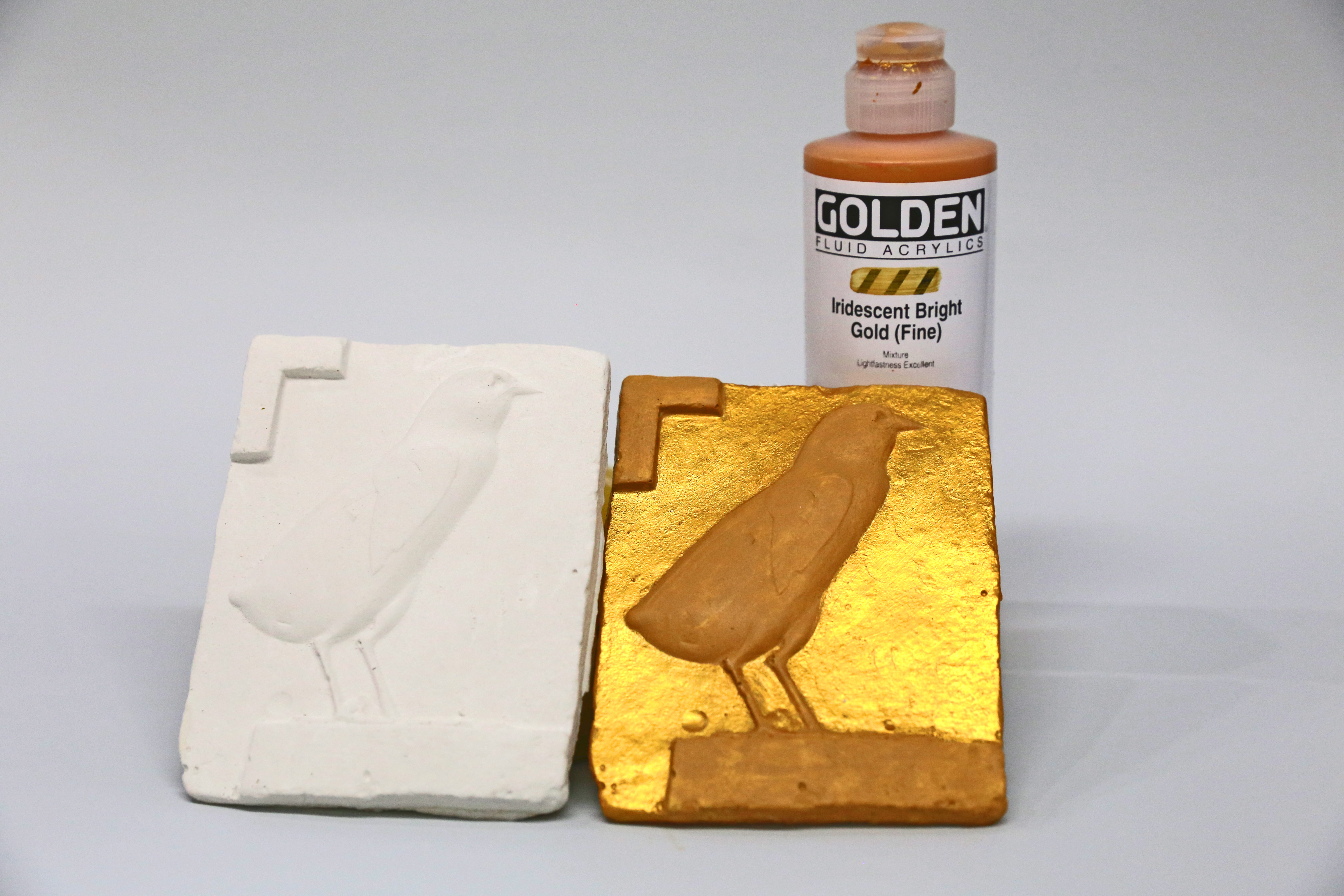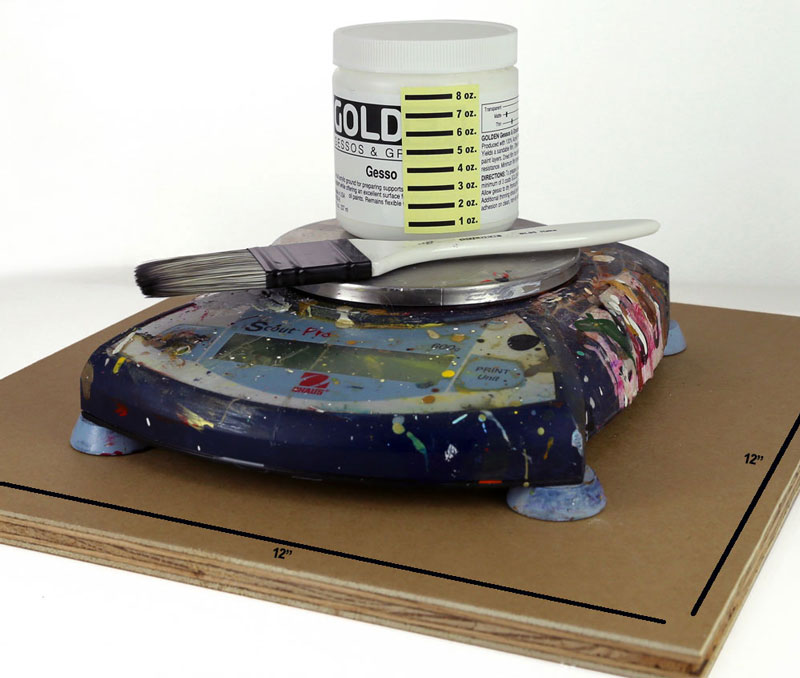Direct, exterior exposure is highly demanding on coatings, with the test fences set at a 45º angle to maximize the effect of sun, rain, snow and ice. In 1993 and again in 2009, long-term exterior tests of the acrylic colors lasting 4 and 3 years respectively were conducted in South Florida. From these results and in … Read more
Home>Uncategorized> Acrylics> Application> Artist Resources> Color> Company> Primers and Grounds > GOLDEN Begins Extensive On-Site Exterior Mural Testing
Archive | Artist Resources
A common question we get is “how long should I wait before applying my next application of acrylic?” Actually, in most cases one can apply multiple layers at any time as this is one of the unique properties of acrylic products. It really doesn’t matter in terms of final film formation and toughness. But in … Read more
When Mark Gottsegen, a well-known educator and expert in artist materials, passed away in the Fall of 2013, an unbelievable amount was lost. Not least among them was AMIEN, the much beloved discussion forum on art materials that he founded. For Mark, AMIEN was his dream. It was from this desire to educate and to … Read more
Plaster has been decorated with paint since its earliest known usage back in 7500 B.C. Jordan. The rather simple mixture of lime powder, crushed limestone and water was used to achieve smooth walls for interior wall decoration. Ancient Egyptian builders employed calcined (heated) gypsum into their plaster, which improved the functional use. The duel use … Read more
When it is important to know how much paint will be needed to complete a painting, as in the case of a mural or large painting, or simply priming a large surface, there are a few ways to estimate how much your tube, bottle or jar of paint will cover or how much you will … Read more
We are surrounded by units of measure we rarely give a second thought to; common scales and rulers that parcel out the world in units of ounces and inches, meters and miles. But alongside these are others we rarely use, or could easily explain in any precise way, such as centipoise and mols, decibels and … Read more

Small Differences That Make All the Difference Every painter knows the dance, taking a few steps back from the painting, their head tilted slightly askew, the eyes pulled tight into a squint, or the hand held in front to block off an area from view. The to and fro of action and adjustment, of sense … Read more
An artist’s stretcher can be expanded to tighten a loose canvas. An artist’s strainer cannot be expanded to tighten a slack painting. That is the only functional difference between the two major types of painting supports. But this is the point where all the trouble begins: whether a painting support expands or does not expand … Read more
I am going to present a stretching procedure that may sound heretical and very much at odds with what artists are taught about canvas preparation from their earliest studio days. I ask that readers please suspend disbelief and give a try to some of the special techniques that follow. If these procedures are embraced, artists … Read more
As we all know, there are two sides to every story, and Benny Shaboy — a painter and sculptor who is the founding editor/publisher of studioNOTES — explains why some artists choose to avoid computers as their primary resource for information. In the early days of personal computers, I decided I didn’t want to get … Read more








